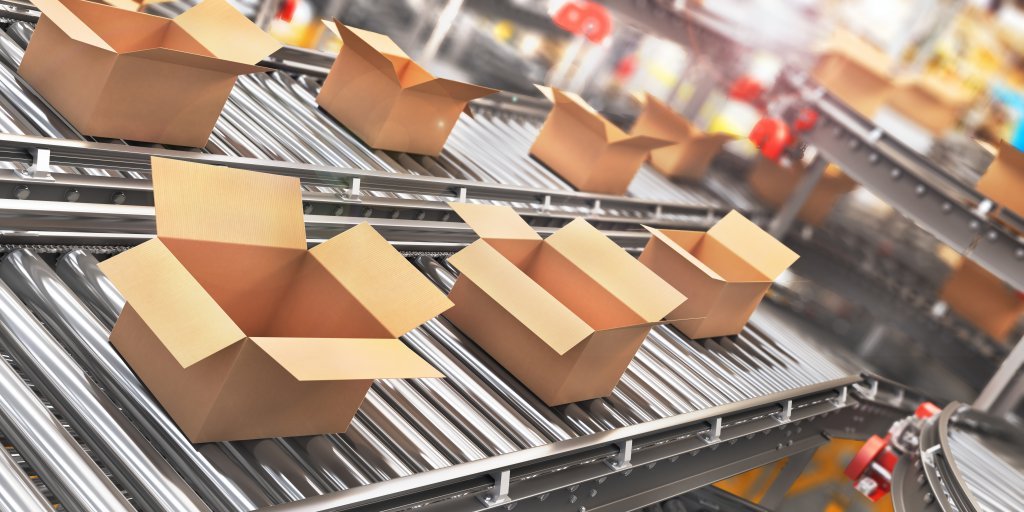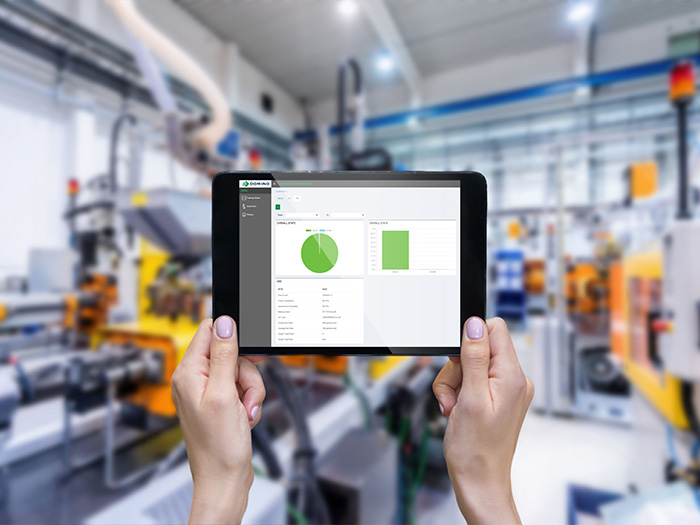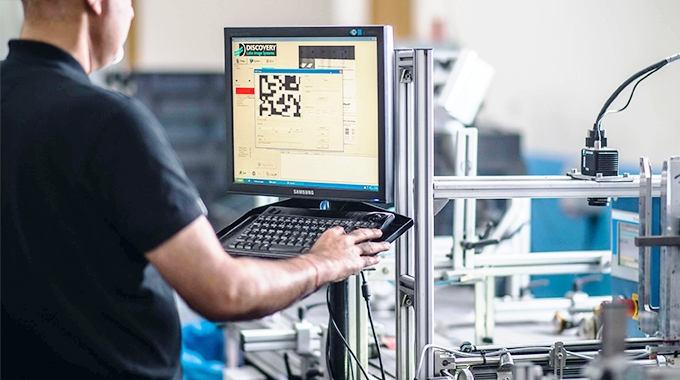5 Ways Packaging Automation can Counter Industry Challenges
Manufacturers face an ever-expanding list of challenges. Automation provides ways to bring more quality, efficiency and consistency to your packaging operations, mitigate labour shortages and support skills development within your labour force. Here we talk about ‘end of line’ (EOL) packaging automation and the benefits it can bring.
Putting a label on it
No matter what product you are packaging, the batch code or label has a crucial role to play. It affects everything from your tracking capabilities to regulatory and legislative adherence. Labelling is part and parcel of packaging and processing – and the faster and more accurately, the better.
Whether it’s case labelling, tray packs, pallets or even the product directly, automated labelling brings many benefits to businesses, such as improving label quality, delivering consistency and freeing up human resources. Automated labelling could even help to close the gap between businesses and their competitors.
Here are five ways Australian businesses can benefit from packaging automation.
1. Increasing the availability of labour
Manufacturers are under constant pressure to improve productivity as well as efficiency. One way to do that is to relieve staff from the burden of mundane, repetitive tasks and redeploy them in areas where they can add more value to operations.
Many manufacturers are still applying labels by hand. But that’s not necessarily a task that staff enjoy or engage with to bring value to your process. It’s also an inefficient use of your human resource when you consider that, with machine automation, your labels can be applied consistently, mitigating the risk of human error.
This is not a case of ‘the robots are coming.’ It’s about smarter use of your human talent; liberating your staff from the roles that they may potentially not enjoy, so they can provide added value elsewhere in your business and grow in the process.
The availability of labour is a key consideration in a bid to enhance productivity and continually improve.

2. Improve the efficiency of your operations
Machines can be designed with enhanced performance output and readily deliver repetition. With packaging automation, your codes and labels are applied at speed, with potentially no human intervention. It’s a simple way to boost the efficiency of your packaging operations, and it solves the problem of managing seasonal flux in demand for certain consumer products.
3. Reduce errors, improve consistency
Retailers want predictability and consistency in terms of labelling. That’s where machine automation is highly beneficial. Common errors in hand-applied labelling may include a team member missing putting a label on a pack or even applying the incorrect label by mistake. Technology has been designed to put the right label, in the right place and validate the label content in more sophisticated solutions – time after time – with repeatability and at scale.
Tools such as Domino’s user interface design software, QuickDesign, make light work of applying variable data to each label of your packaging run. Also, vision systems can verify that each label matches the product that’s being packaged.
Automation of the labelling process can also help improve compliance to (or meeting) industry standards and legislative regulations, all while ensuring the labels on your products, cases, tray packs, kegs, sacks and pallets are easier to read and scan along the supply chain.

4. Gather valuable data and measure OEE
Industry 4.0 is about data. Lots of it. When you automate your packaging and labelling processes through coding automation, you gather data that gives insight into the efficiency of throughput and quality of your output. You can also seamlessly track OEE of your printing machinery and make intelligent procurement and production decisions based on real-time data.
5. Skills uplift within your workforce
And here we come full circle. Packaging automation doesn’t just free up human resources. It empowers your workforce to develop skills that can drive innovation and growth within your business.
Instead of assigning valuable resources to apply labels to packaging – day in, day out – staff can train in new areas within your business and climb the career ladder. They can study apprenticeship courses in data analysis or work towards Lean or Agile certification. Before you know it you have a staff member that has gone from hand-applying labels to the role of logistics manager or has studied to become part of the Scrum team implementing new factory builds or continuous improvement programmes.
By having automation in place, you are freeing people up to build rewarding, stimulating and long-term careers for themselves within your organisation.

How can we help?
Here at printDATA we specialise in advanced inkjet and print and apply labelling technology, used across manufacturing facilities in many industries. Our printers bring simplicity to your labelling operations, increased productivity and can be retrofitted to existing production lines. It’s a future-proof way to bring more efficiency, productivity and consistency to your production line – all while empowering your workforce to upskill for the benefit of both their careers and the future of your business.
Does this sound like a positive change program you want to embark on? Come and find out more or talk to a specialist about your packaging and labelling ambitions.